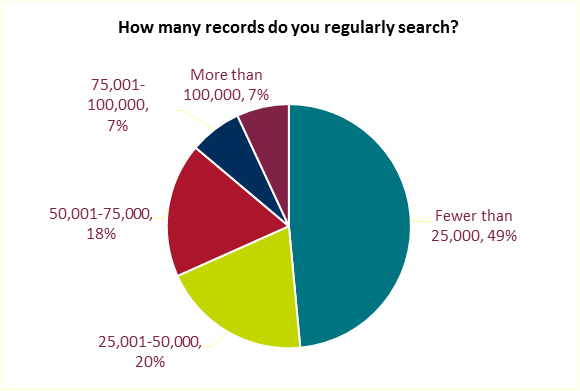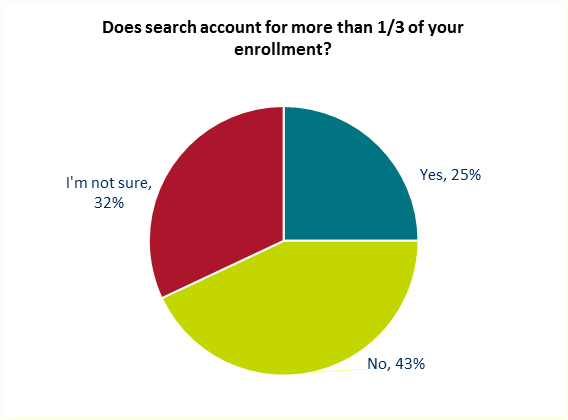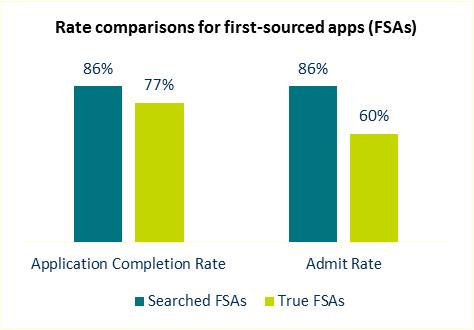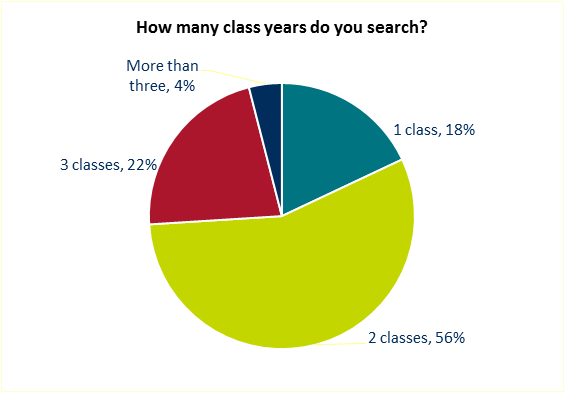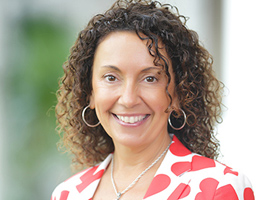enrollment
5 tips for building a successful college student search program in today’s environment
Building a successful college student search program requires the right balance of volume, frequency, channels, and engagement strategies. The following tips are working for our campus partners and helping them engage and enroll the students they want.
In these tips, I will also share results from an anonymous poll of enrollment managers who recently attended a webinar on student search. This is not a scientific poll, but I believe the results are illuminating.
Tip #1: Build an appropriate college student search pool for your goals—volume and quality matter
Here’s what the enrollment managers told us about their search volume, and also how much their search pool factors into their final enrollment:
These two questions are important, because among our campus partners:
- Those whose college student search pools are less than 60,000 students have 17 percent of their class come from search.
- Those whose search pool is 110,000 or more have nearly 50 percent of their enrolled students come from search.
So search volume does matter. The “right” volume will vary depending on the goals of each campus, and volume does not always mean more applicants. The key is to make sure you have a large enough pool of high quality so you attract the volume of right applicants you want.
One other thing to consider: Searched students consistently show higher application completion, admit, and retention rates. Our fall 2015 consolidated conversion analysis shows that search accounts for 33 percent of the enrollment for our campus partners.
Tip #2: Study your first-source apps
When we asked our webinar attendees, What percentage of your first-source apps were searched, we had a surprising result: the top answer was “I don’t know.”
This is something that enrollment managers should track. Our consolidated conversion analysis shows that an average of 21 percent of all first-source apps were searched for our campus partners. And the data show that searched first-source apps have higher application completion and admit rates than true first-source apps (those who were not in your search pool).
Not all first-source applicants are the same. If you can identify the searched versus the non-searched in your systems, track them and study their performance against each other at the end of the cycle. Learn from your own data!
Don’t stop the communication with your first source apps at the point of securing their application. Establish a personalized multichannel communication plan for this group. Train your staff and how this pool is different and recruit them differently.
Tip #3: Engage non-responders by delivering information they need to make an informed enrollment decision
One of the biggest mistakes an institution can make with a college student search is not doing enough to engage non-responders to a search effort. On average, our campus search partners get 41 percent of their search inquiries and 64 percent of their deposits from non-responders (you should also be tracking this data if you are not already).
But even if campuses have non-responder communications, they often focus on getting them to respond more than providing communications that will provide the right information to help those prospective students make an enrollment decision.
Ensure that your creative approach and messaging provides valuable information to non-responders. Your website plays a critical role here, and you may want to use research like the E-Expectations reports to make sure you meet student expectations.
Also, make sure you review and comply with your rental agreement with list vendors when planning your non-responder plans.
Tip #4: Search each student cohort for three years
The majority of our webinar attendees said they search one or two class years:
However, our research shows a significant boost when expanding search into three years. On average, our campus partners that search a cohort for three years see nearly half of their class come from search. Those who search for two or fewer get 20 percent of their class from search. How do your numbers compare?
Tip #5: Use a multichannel approach for your college student search
Multichannel approach does make a difference! Consider these results:
- Campus partners that use a multichannel approach in their search communication efforts get nearly half of their class from search while those that do not enroll 35 percent of their class from search on average.
- On average, students who are contacted using three channels (telephone, direct mail, and email) respond at higher rates (22 percent versus 4 percent for those that only receive communications via email) and also inquire at higher rates (26 percent versus 8 percent for those that only receive emails). Study your data and identify the right students to contact via three channels.
Take a data-informed approach to search and reap the benefits
The key takeaway from all these tips is that data should drive your search strategies. Without a systematic data process in place to guide your actions, you may be guessing or conducting activities that don’t yield the results you could get.
I can help you take a look at your current search efforts and uncover opportunities to make your search communications more effective, target students who fit your enrollment goals, and other strategies. Email me and I will be happy to set up a time to talk—with me or one of my student search colleagues.
There is also a related webinar, Cultivate the Best Applicant Pool While Saving Budget Dollars, that can help you strengthen your applicant pool more effectively—another key element of turning prospective students in your search pool into enrolled students. It’s free, and you can sign up at our website.
